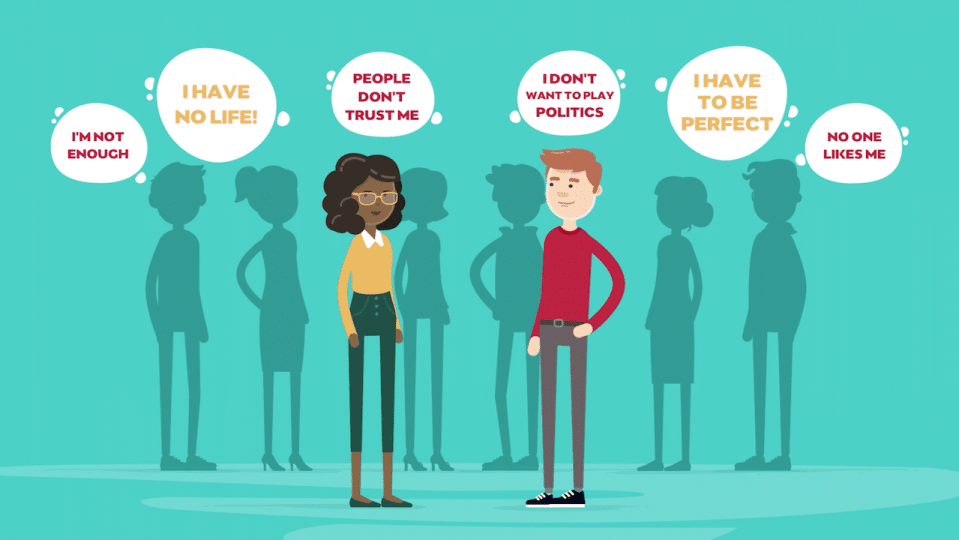Podcast: Play in new window | Download
A Conversation with Paul Zak
A Conscious Collaboration Podcast
In this episode, Yosh explores with Paul his work on the neuroscience of trust – and discuss how understanding trust on a neurological level helps leaders and teams deepen collaboration.

Dr. Paul Zak is a scientist, public speaker, and author of several books such as “The Moral Molecule” and “Trust Factor: The Science of Building High-Performance Organizations“. Trained in economics and neuroscience, he is a pioneer in the field of neuroeconomics – applying his research findings to the study of markets as well as organizational and team health. He researches and teaches at Claremont Graduate University.
One aspect of Paul’s research focuses on the neurological mechanisms that enable cooperation and trust. His work led to a deeper understanding of the critical role of the neurotransmitter oxytocin which he can measure not just in laboratory but also real-life workplace settings.
What I find fascinating about Paul’s work is that he and his colleagues “look under the hood”: They measure what’s happening in regard to trust and collaboration not just on a behavioral level but literally in the brain on a neurological/neuro-biological level.
Understanding the neurological details of trust and collaboration allows to reverse-engineer processes that create opportunities for the release of oxytocin – which, in turn, will facilitate trust and thus cooperation.
You can learn more about Paul’s work by visiting www.immersionneuro.com or oFactor, a neuroscience-based organizational trust survey.
What allows us to be great collaborators is also what makes us prone to feeling social slides.
Show Notes / Highlights from this episode – exploring the neuroscience of trust
- Neuroscience 1.0 vs. Neuroscience 2.0
- Neuroscience is a powerful lens to develop a deeper understanding of human behavior. Developing an understanding of the mechanisms and processes that drive behaviors has been a focus of Neuroscience 1.0
- Human behavior comes in wide variations – and neuroscience can help us understand not only what we do by why we do it differently
- Brains are constantly optimizing every second to increase the odds or survival and reproduction
- Consistency of behavior – not variance – is really the outlier
It’s incumbent on leaders to focus team members’ brain activity on shared objectives. That’s no easy task. Neuroscience 2.0 adds actionable insight to support coaching and team leadership.
- Collaboration is an ongoing, committed, intentional practice
Brains are inconsistent and want to idle.
-
- It’s “metabolically costly” to sustain a conscious effort to exhibit consistent behaviors
- That’s another reason, from a neurological point of view, why clear objectives and milestones are so important
- A servant leadership approach – empowering others and supporting them in pursuing their goals – is the most effective leadership approach
Improving collaborative behaviors carries over into our personal lives.
- The neuroscience of trust
We are built to collaborate… It literally feels good when we are connected with others and acting in aligned ways.
-
- Our anatomy makes collaboration easy and enjoyable — due to an extraordinary density of oxytocin receptors and a dense network of brain molecules – that’s very different from even monkeys or great apes who would get territorial and compete way faster than human beings
- Oxytocin is the key signal transmitter in brains that tells us others are trustworthy, safe, familiar.
- Oxytocin facilitates some important neurological processes:
- Allows us to measure behaviors of others – which reduces stress
- Increases our ability to understand emotions – which supports empathy and thus an understanding of why others act the way they do
- Motivates us to act on other’s / team’s behalf – i.e. work towards a shared goal bigger than my own
- So we can study behaviors and conditions that promote or inhibit oxytocin release to “reverse engineer” / build effective collaborative, trust-building behaviors
One key way this boils down to is “ingroup cooperation and outgroup competition”.
- oFactor Model: Our research identified eight factors / behavioral clusters that build trust in teams / organizations
- One factor is “setting challenging but achievable goals” — called challenge stress
- Brains like to be stressed but rest – recovery cycles are important – the brain in this respect is like a muscle
- Challenge stress is not chronic stress which leads to burn-out
- Under-challenging people leads to boredom and neurological idling
- How to find the right level of challenge stress? –> Involve people into the conversation about what they want next for themselves that’s challenging in good ways
- One factor is “setting challenging but achievable goals” — called challenge stress
Neuroscience and our technology offers real data to assess the right levels of challenge stress for optimal engagement
- Mistakes aren’t necessarily bad – they are an opportunity to find innovation
- Trust matters so we can be open, experiment, admit and explore mistakes – so we can collectively find and improve best practices
Another word for the deviant side of errors is innovation.
- Social Sensitivity – Blessing and burden
-
- Our high density of oxytocin receptors is a blessing in that it enables collaboration
- But it comes with a cost – social sensitivity
- It’s important to read social signals from others
- But having this sensitivity also means we are receptive to feeling social slides – actions of others that can evoke feelings of exclusion, incompetence, non-likability
Enjoy listening and stay tuned for our next episode.

which also speaks about Paul’s work specifically in the context of high-performance team-building.


